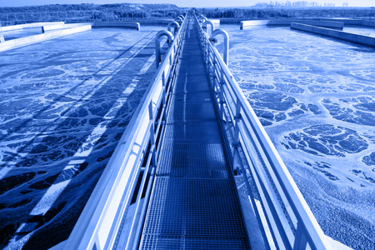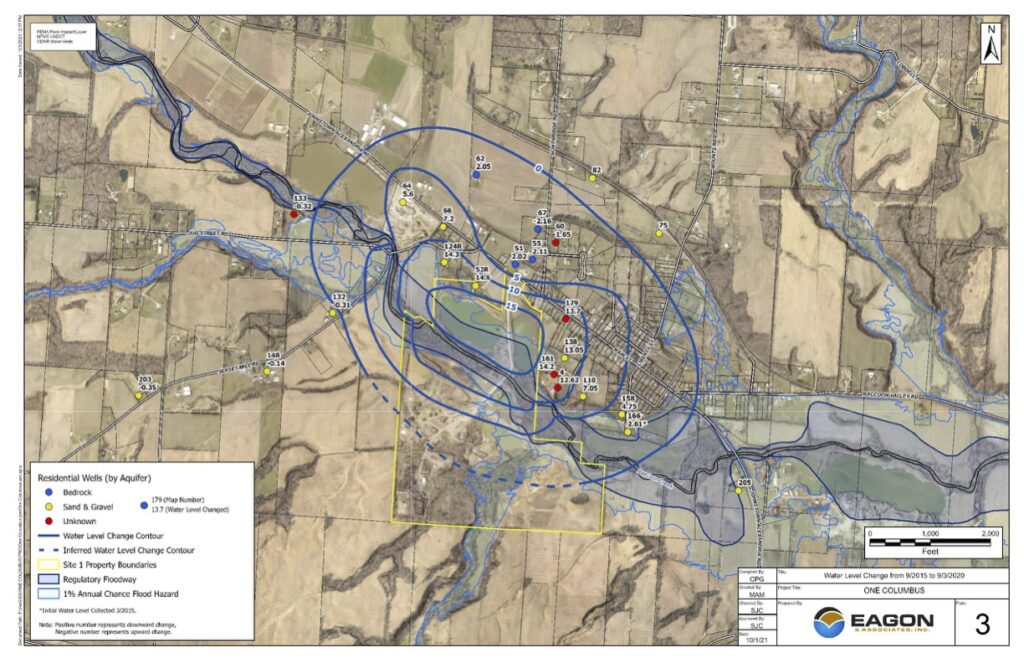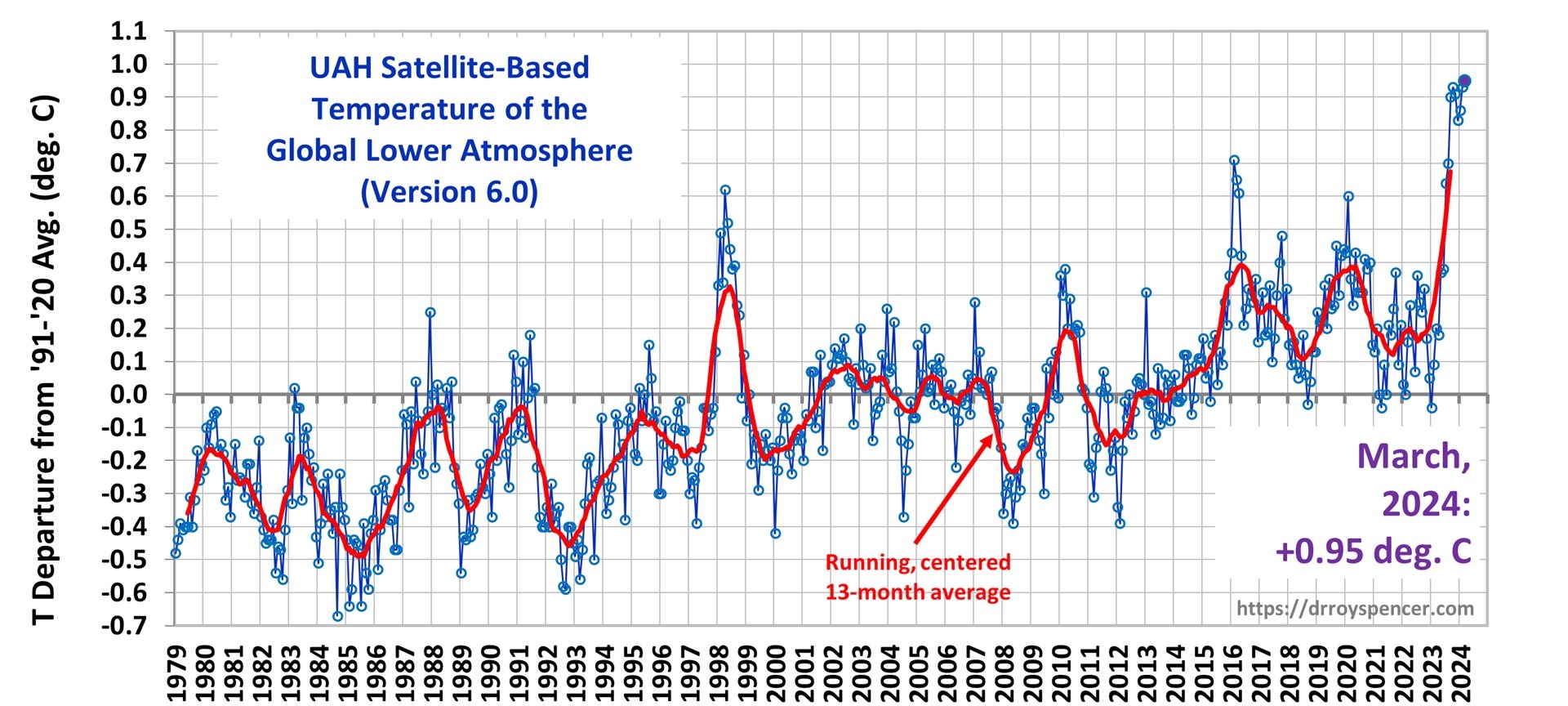
Infrastructure Intensification for Nutrient Management: A Sustainable Approach
By Leon Downing, Eric Redmond, and Isaac Avila

Introduction
The Clean Water Act of 1972 aimed to clean up U.S. waterways. In recent years, the focus has shifted from pollutant removal to water and resource recovery. In Black & Veatch’s 2022 Water Report, water sector stakeholders identified “new regulation” and “nutrient removal” as key drivers for adopting new technologies. To address these challenges, densification and granulation of infrastructure have emerged as effective solutions that enable utilities to meet nutrient management goals with minimal investment through retrofit.
The Importance of Densification and Granulation
Densification and granulation offer several benefits for utility managers. By improving the settling rates of mixed liquor suspended solids (MLSS), densification increases the overall capacity of the activated sludge system without the need for additional tank volume. This allows facility owners to achieve more rapid settling of sludge and enhance the performance of their existing infrastructure.
Granulation refers to the formation of large flocs in an activated sludge system. These large flocs settle quickly in final clarifiers and create stratified growth environments that improve biological nutrient removal. Densification, on the other hand, involves compacting activated sludge flocs, resulting in a continuous flow activated sludge system with granules making up the majority of the MLSS. Densification and granulation enable utilities to increase their activated sludge system’s capacity by 20 to 40%, helping them comply with new nutrient management regulations without significant infrastructure investment.
Benefits of Densification and Granulation
Densification and granulation offer two main benefits: increased capacity and improved nutrient removal. By improving settleability, densification reduces effluent total suspended solids (TSS), leading to lower concentrations of total phosphorus and total nitrogen in the effluent. The formation of larger granules also facilitates simultaneous biological nutrient removal, further reducing soluble phosphorus and nitrogen concentrations. Studies have shown that densification can result in an additional 10 mg/L of net nitrogen removal and an additional 0.5 mg/L of total phosphorus removal in a facility’s biological nutrient removal configuration.
Inducing Densification and Granulation
Research has identified three key contributors to inducing mixed liquor densification and granulation: selector zones, feast-and-famine conditions, and physical selection.
Selector zones: These zones promote biomass growth in unaerated areas at the influent of aeration basins. They create biological selective pressure that enables the formation of granules. High food-to-microorganism (F:M) loadings in the selector zones encourage the growth of large flocs, which form stable granules through the production of extracellular polymeric substance (EPS).
Feast-and-famine conditions: After exposure to high F:M loadings in selector zones, a famine period with low F:M encourages granule biomass to consume stored food, making them “hungry” when they return to the aeration basin’s selector zones after settling and recycling in the final clarifiers.
Physical selection: This process involves selectively wasting lighter, smaller flocs out of the activated sludge system while retaining denser granules. Physical selection can be achieved through surface wasting facilities or the use of hydrocyclones to separate granules and flocs from the return activated sludge (RAS).
Implementation and Cost Considerations
Implementing densification and granulation may require lower-cost improvements such as adding selector zones, baffle walls, mixers, and hydrocyclones. These modifications can typically be accomplished at 20 to 30% of the cost of a typical infrastructure expansion. By avoiding costly retrofits and expansions, utilities can achieve increased capacity and improved performance through biological and physical selection.
Conclusion
Densification and granulation offer a sustainable approach to nutrient management in water resource recovery facilities. By intensifying the activated sludge process, utilities can meet regulatory requirements and optimize performance while minimizing investment. Understanding the benefits, necessary conditions, and implementation options is crucial for successful application of this technology.
References:
About The Authors
 Leon Downing, Ph.D, PE is the global practice and technology leader for nutrient removal and recovery with Black & Veatch. He provides technology leadership in support of Black & Veatch process engineering and applied research projects globally.
Leon Downing, Ph.D, PE is the global practice and technology leader for nutrient removal and recovery with Black & Veatch. He provides technology leadership in support of Black & Veatch process engineering and applied research projects globally.
 Eric Redmond, PE is a wastewater process engineer with Black & Veatch. His specific expertise includes design and operational optimization of low-energy nutrient removal and granulation facilities.
Eric Redmond, PE is a wastewater process engineer with Black & Veatch. His specific expertise includes design and operational optimization of low-energy nutrient removal and granulation facilities.
 Isaac Avila, PE, CWP is a wastewater process engineer with Black & Veatch. He specializes in aerobic granular sludge and mixed liquor densification. Isaac has firsthand operational experience in inducing granulation in a 12-MGD continuous flow activated sludge system.
Isaac Avila, PE, CWP is a wastewater process engineer with Black & Veatch. He specializes in aerobic granular sludge and mixed liquor densification. Isaac has firsthand operational experience in inducing granulation in a 12-MGD continuous flow activated sludge system.
SDGs, Targets, and Indicators
1. Which SDGs are addressed or connected to the issues highlighted in the article?
- SDG 6: Clean Water and Sanitation
- SDG 9: Industry, Innovation, and Infrastructure
- SDG 12: Responsible Consumption and Production
The article discusses the need for improved water treatment technologies to meet regulatory requirements and optimize nutrient management in water resource recovery facilities. This aligns with SDG 6, which aims to ensure availability and sustainable management of water and sanitation for all. The use of densification and granulation technologies also relates to SDG 9, which focuses on building resilient infrastructure, promoting sustainable industrialization, and fostering innovation. Additionally, the article mentions the potential for reduced capital investment and improved efficiency, which relates to SDG 12’s goal of promoting responsible consumption and production.
2. What specific targets under those SDGs can be identified based on the article’s content?
- SDG 6.3: Improve water quality by reducing pollution, eliminating dumping, and minimizing release of hazardous chemicals and materials.
- SDG 9.4: Upgrade infrastructure and retrofit industries to make them sustainable, with increased resource-use efficiency and greater adoption of clean and environmentally sound technologies.
- SDG 12.4: By 2020, achieve environmentally sound management of chemicals and all wastes throughout their life cycle, in accordance with agreed international frameworks, and significantly reduce their release to air, water, and soil to minimize their adverse impacts on human health and the environment.
The article highlights the use of densification and granulation technologies as a way to improve water quality by reducing pollution and improving nutrient removal in water resource recovery facilities. This aligns with SDG 6.3. The retrofitting of existing infrastructure with these technologies also contributes to SDG 9.4 by upgrading infrastructure and promoting the adoption of sustainable technologies. Additionally, the article emphasizes the potential for reduced environmental impacts and improved waste management, which relates to SDG 12.4.
3. Are there any indicators mentioned or implied in the article that can be used to measure progress towards the identified targets?
- Effluent total suspended solids (TSS) concentration
- Effluent total phosphorus and total nitrogen concentration
- Net nitrogen removal
- Total phosphorus removal
The article mentions that densification and granulation technologies can improve settleability and decrease effluent TSS concentration, which can be used as an indicator of progress towards improved water quality and reduced pollution (SDG 6.3). The reduction in TSS also leads to a decrease in effluent total phosphorus and total nitrogen concentration, which are important indicators for nutrient management (SDG 6.3). The article provides examples of increased net nitrogen removal and total phosphorus removal achieved through densification, which can be used as indicators of progress towards improved nutrient removal (SDG 6.3).
Table: SDGs, Targets, and Indicators
| SDGs | Targets | Indicators |
|---|---|---|
| SDG 6: Clean Water and Sanitation | 6.3: Improve water quality by reducing pollution, eliminating dumping, and minimizing release of hazardous chemicals and materials. | – Effluent total suspended solids (TSS) concentration – Effluent total phosphorus and total nitrogen concentration – Net nitrogen removal – Total phosphorus removal |
| SDG 9: Industry, Innovation, and Infrastructure | 9.4: Upgrade infrastructure and retrofit industries to make them sustainable, with increased resource-use efficiency and greater adoption of clean and environmentally sound technologies. | N/A |
| SDG 12: Responsible Consumption and Production | 12.4: By 2020, achieve environmentally sound management of chemicals and all wastes throughout their life cycle, in accordance with agreed international frameworks, and significantly reduce their release to air, water, and soil to minimize their adverse impacts on human health and the environment. | N/A |
Copyright: Dive into this article, curated with care by SDG Investors Inc. Our advanced AI technology searches through vast amounts of data to spotlight how we are all moving forward with the Sustainable Development Goals. While we own the rights to this content, we invite you to share it to help spread knowledge and spark action on the SDGs.
Fuente: wateronline.com

Join us, as fellow seekers of change, on a transformative journey at https://sdgtalks.ai/welcome, where you can become a member and actively contribute to shaping a brighter future.






